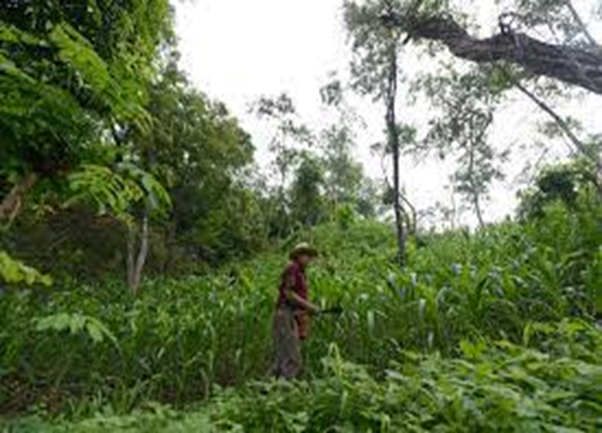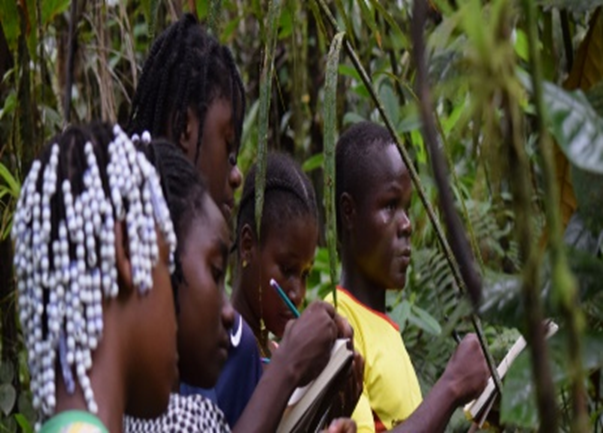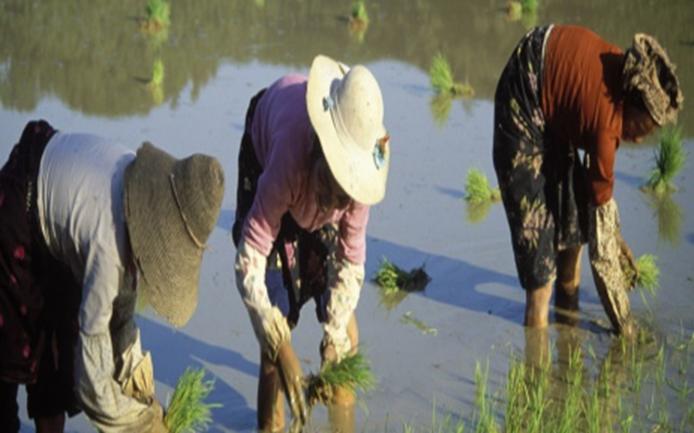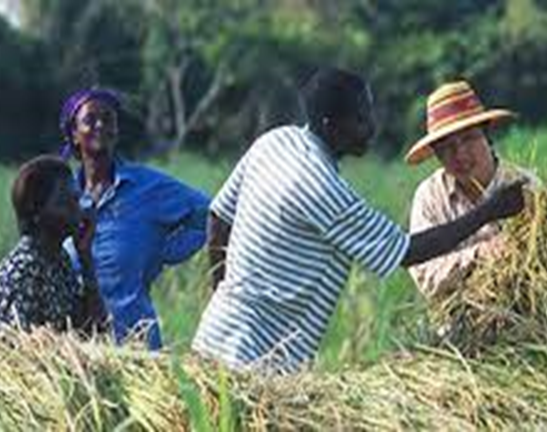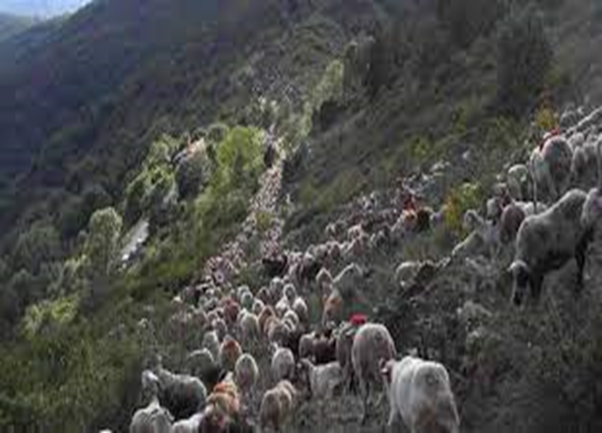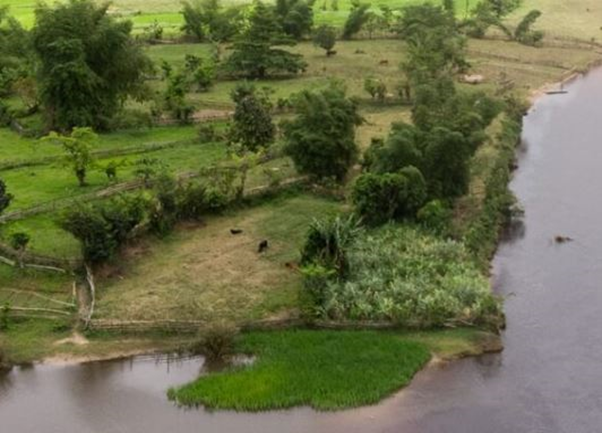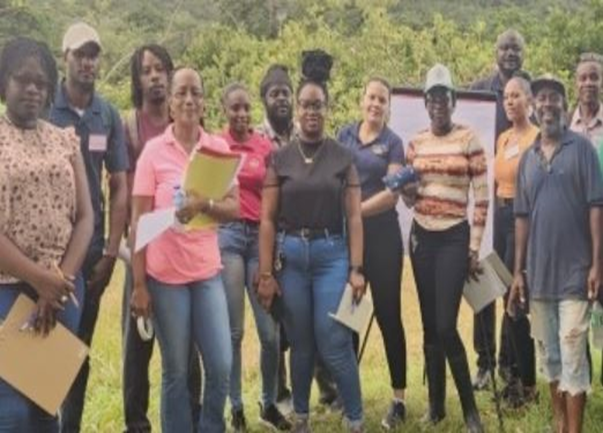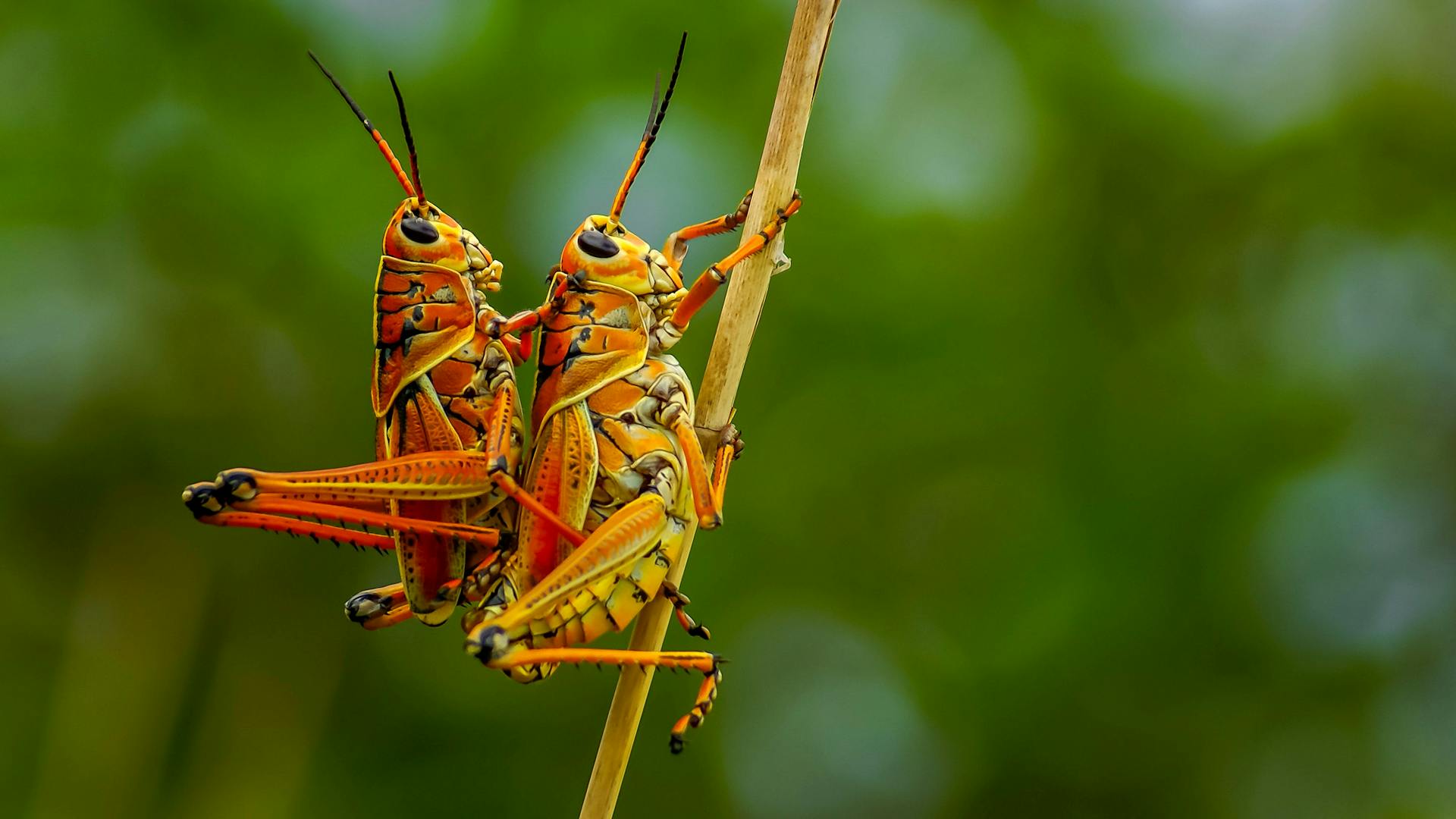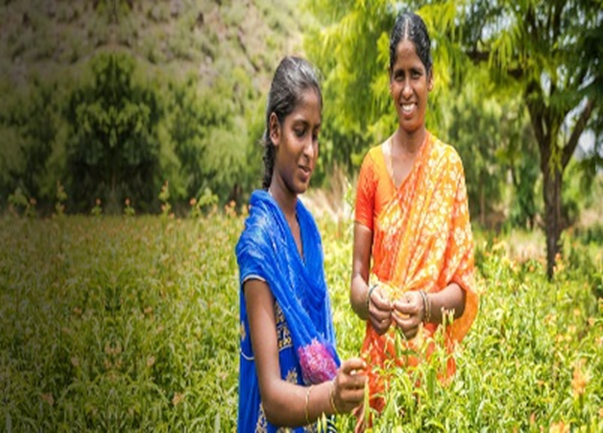In action
FAO’s field-level programmes and projects in many parts of the world promote practices and management strategies that enhance the sustainable use, conservation and restoration of biodiversity in agrifood systems and hence promote the sustainable supply of food and multiple other goods and services and the livelihood security of millions of small-scale producers.
The Organization draws on multidisciplinary expertise and experience from across the fisheries, aquaculture, forest, livestock and crop sectors to support countries in their efforts to mainstream biodiversity and implement integrated, landscape and ecosystem approaches. The following information on its programmes, projects, tools and approaches illustrates its work at the country level.
The Organization draws on multidisciplinary expertise and experience from across the fisheries, aquaculture, forest, livestock and crop sectors to support countries in their efforts to mainstream biodiversity and implement integrated, landscape and ecosystem approaches. The following information on its programmes, projects, tools and approaches illustrates its work at the country level.
The objective of the subprogramme is to support three countries (Lao People’s Democratic Republic, Madagascar and Uganda) to enhance biodiversity mainstreaming in policies and practices across the agricultural sectors at national and regional levels in a structured and coherent manner, taking into account national and regional priorities, needs, regulations and policies and country programming frameworks.
The programme is expected to improve the sustainable use and conservation of biodiversity for food and agriculture by strengthening environmental governance and developing and implementing actions.
The main objectives of the project are: (1) to strengthen FAO s work on biodiversity and to mainstream biodiversity within FAO through developing a Biodiversity Strategy and related action plans; (2) to facilitate the engagement of the agriculture, forestry and fisheries sectors in the process to develop the CBD s post-2020 global biodiversity framework; and, (3) to facilitate the dialogue among governments, communities of practice and other stakeholders.
The programme is expected to deliver multiple biodiversity and sustainable livelihood benefits through adaptive and collaborative management and restoration in the middle hill landscapes of Province One, Nepal.
The programme is expected to improve the sustainable use of fisheries resources and biodiversity mainstreaming.
The programme is expected to support preparation of regional plan to promote cohesive action on mainstreaming biodiversity across agricultural sectors, including fishery, crops, livestock, and forestry in the Pacific region.
The FLRM aims at scaling-up, monitoring and reporting on FLR activities to contribute to the Global Biodiversity Framework targets. The FLRM is built on the advantages of FAO’s expertise and experience in several of the land-use sectors and its extensive network of country, subregional and regional offices.
The Benefit-sharing Fund (BSF) of the International Treaty is an essential element of the Funding Strategy and of the Multilateral System of Access and Benefit-sharing. The BSF is the operational mechanism for receiving, utilizing and sharing the monetary benefits arising from the Multilateral System and plays a catalytic role in international cooperation on plant genetic resources for food and agriculture (PGRFA).
The CBCM was established to coordinate existing scientific and technical education and training programmes in areas of direct relevance to the Treaty by building on existing capacities and resources of recognized PGRFA institutions, universities and centres of excellence; and to create synergies and opportunities among the interested stakeholders to develop capacity to carry out interdisciplinary basic and applied research, particularly in support of developing countries.
The programme objective is to reduce pressures on key fragile mountain and pre-mountain ecosystems of Eastern Cuba, by mainstreaming biodiversity in agriculture/livestock production, and implementing integrated landscape management.
The SWM programme is a major international initiative that aims to improve wildlife conservation and food security. We are developing innovative, collaborative and scalable new approaches to conserve wild animals and protect ecosystems, whilst at the same time improving the livelihoods of indigenous peoples and rural communities who depend on these resources.
ACP MEAs 3 is a programme that promotes environmental sustainability in agriculture by providing technical assistance to African, Caribbean and Pacific (ACP) countries in implementing Multilateral Environmental Agreements (MEAs).
GIAHS are agroecosystems inhabited by communities that live in an intricate relationship with their territory. These evolving sites are resilient systems characterized by remarkable agrobiodiversity, traditional knowledge, invaluable cultures, and landscapes that are sustainably managed. Through GIAHS, FAO has designated over 60 sites around the world.
IPM programmes include the careful consideration of all available pest control techniques and subsequent integration of appropriate measures that discourage the development of pest populations. It seeks to maintain the national crop ecosystem balance. It conserves the underlying natural resource base (i.e. soil, water and biodiversity) and enhances ecosystem services (i.e. pollination, healthy soils, diversity of species).
The initiative harnesses the potential of agroecology to transform agriculture and food systems through a framework for coordinated action and collaboration among a range of actors. The Initiative acts at national, regional and global levels. National and sub-national experiences are shared at regional and global levels to develop improved guidance based on emerging evidence through tools like the Tool for Agroecology Performance Evaluation (TAPE).

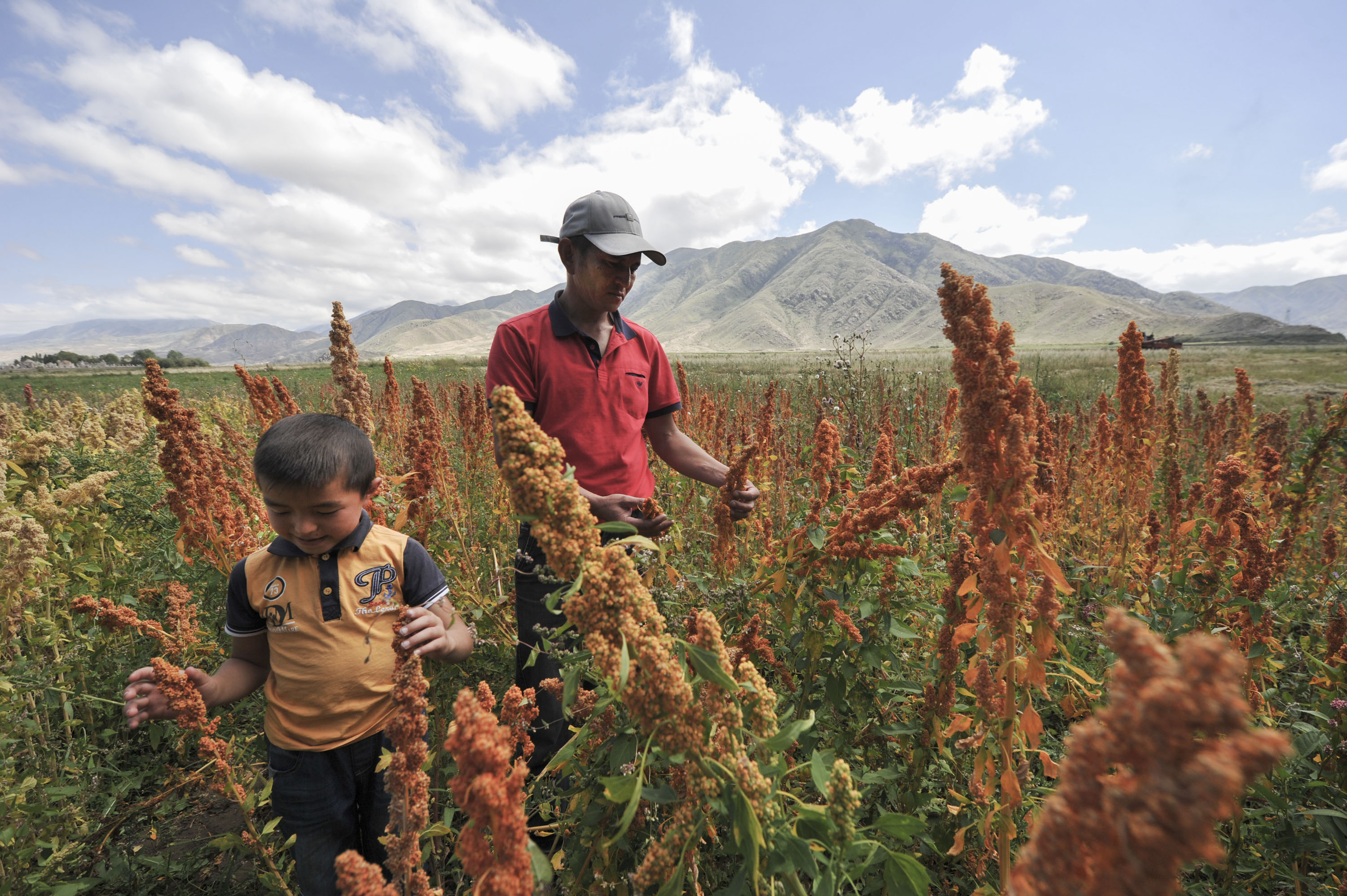

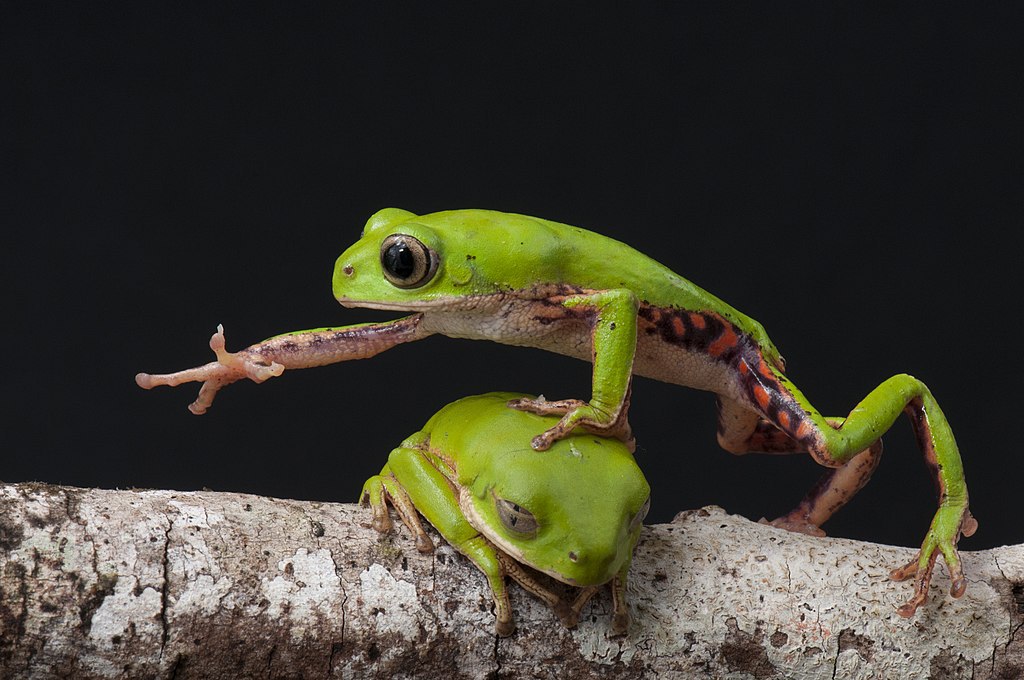
.jpg?sfvrsn=4d41ba73_11)

